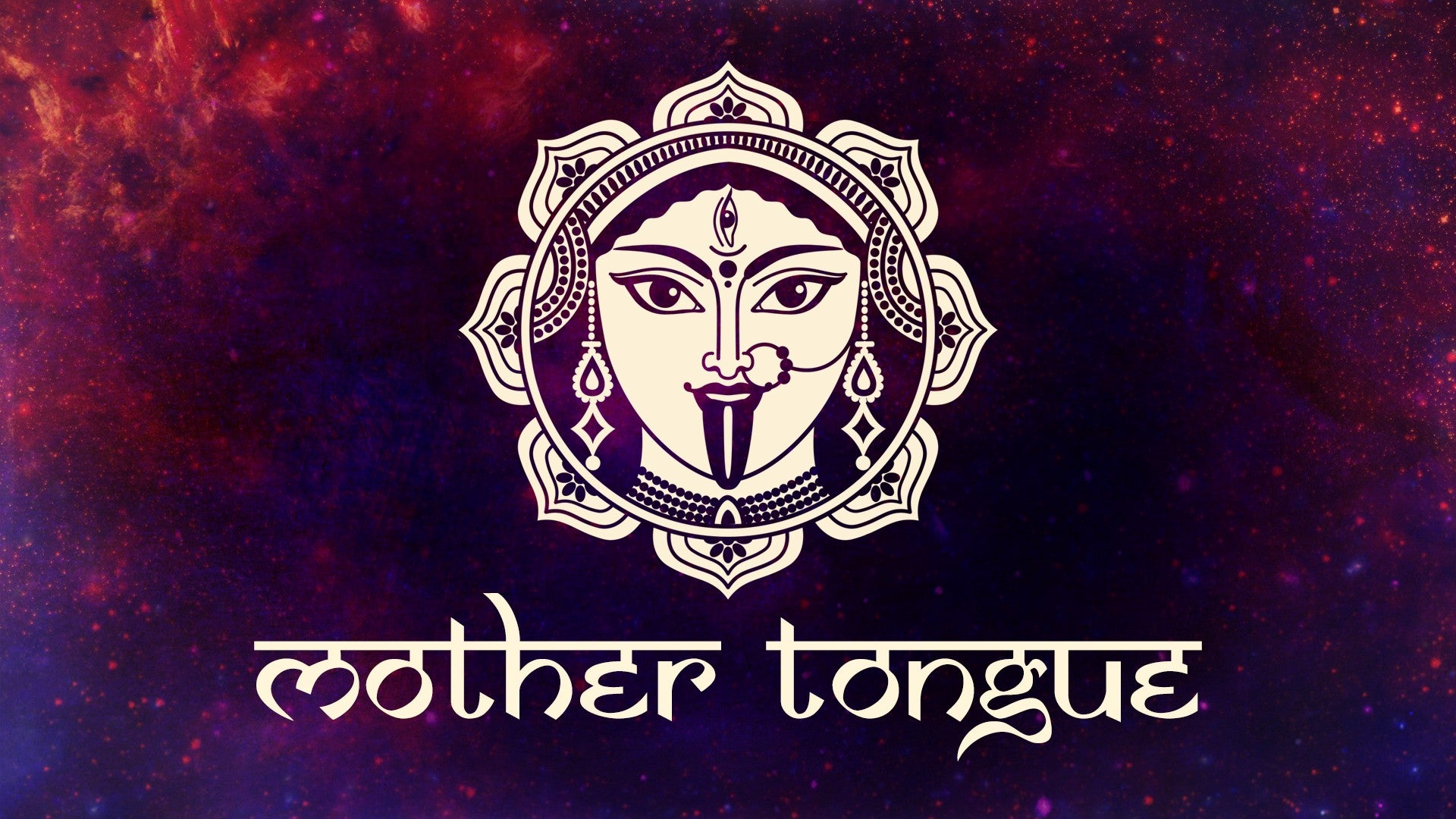Description
About This Video
Transcript
Read Full Transcript
Welcome again friends you've been following me thus far and you've seen that we've covered quite a few of the letters in fact if you've been following me very closely you would be asking yourself why I have left certain letters out. I mentioned about a one point touch and didn't include a few then. Now some of those letters are the K, the P and the L. So if you thought that I was making a mistake or I'd left them out by chance they have a single point touch. These particular letters belong to another category because they have a rounded side. I like to have these different kind of classifications of the letters. So these ones I would like to group them under the rounded side all right. So this is what they do. Let's take the letter K, the half K. Any guesses what it might look like? Okay I'll show it to you. So the main part of the tail drops it just retains a small part of it. It's a bit like some dogs when you cut the tail off they have just a little part that remains. You can see it like that like a half tail of the dog. So I'll write that for you in transliteration. So we have the which just stays the same really basically and now think of a word especially in the yoga world which causes us a lot of pain in the yogic journey. Any word that starts with K, K, K that you're familiar with, Kleshas. Patanjali is such a great guy to teach people how to even write these combined consonants. He has just so many words that we can pick from. So the word Klesha is Klesha. It's a combination of K, Le, we have the love with the vowel A and Shaha. Klesha and if you have to write that in transliteration which is pretty simple. Since we are writing half letters it will have to be the K and the Klesha. Fantastic. The other letter that I would like to also show you is the Le. So when the Le becomes half I know you've guessed what might happen but there is a slight modification here as well. So when the Le becomes half it also drops the little stick on the head just like that. We have a word which means little and that is Alpa and you can guess what it might look like. So we have the Alpa. Say that Alpa. Close your eyes and say that again Alpa. Did you get it? Fantastic. We'll write it in the transliteration. So you have the Le and because it's a half so you cut the vowel out and then we just get the Le. When you write it in the word it is Alpa. Got that? Alpa. Great. We come to the exception again. I told you every rule has its exception and somehow these exceptions seem to be playing around the sound that combines with the thes. That's the observation. I don't know why. Alright so we have the letter and when it combines with the again it does something different. So let's put that together. We have the k plus the the which would be the kth. I'll just write it out. I'll write the the first and the k somehow becomes a straight line here and gets the tail. Now because I'm juggling with these colors I'm writing it in this particular order but when you were practicing it it would be good if you started with the line, brought the T and then added the tail after it. So just I go over it once so this with line and that kth and then of course the line overhead to cover the entire letter. There are some important words that you know that have this combination of any that come to your mind. Yeah one very important word is Shakti. Without her you're nowhere. Alright so Shakti how do you write her? So this is how she is. Sh and it's an e there. Shakti. Shakti. It's very compact but very powerful. Since it's a feminine word also representing the dynamic force of creation you can imagine that she's got to be an exception. Alright so Shakti. We do it in transliteration we get the k plus the is the and then we have the Shakti. So there we go. Another important word that is there with this particular combination is Bhakti. Devotion. So Bhakti. Do you want to see if you can write that? I'll say it out for you and as I say it just see if you can reproduce the sounds in your notebook. Alright Bhakti. Bhakti. Let's see if you got it right. So here it is. And then we have the same combination of Bhakti. See that? Bhakti. Which means devotion. So Bhakti. So there we are. Shakti and Bhakti both in place. Exceptional. Enjoy writing these. Practice and I'm sure it'll be very easy for you. Thank you. See you again soon.







You need to be a subscriber to post a comment.
Please Log In or Create an Account to start your free trial.